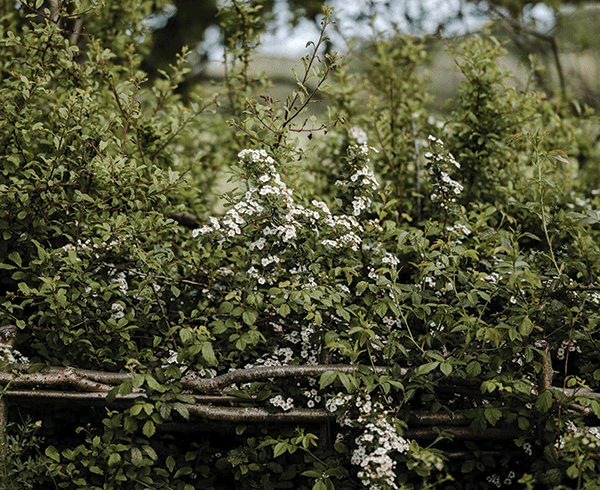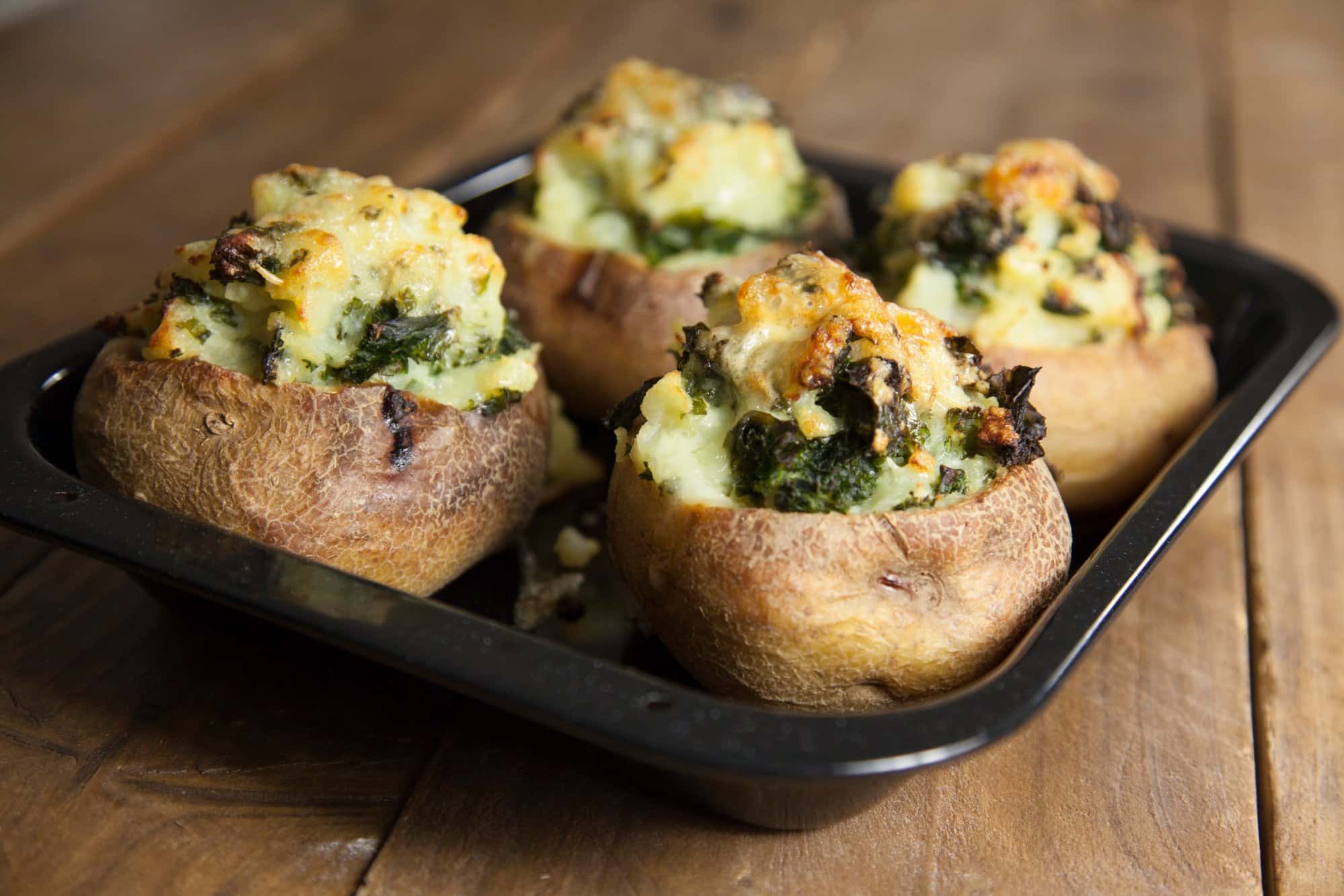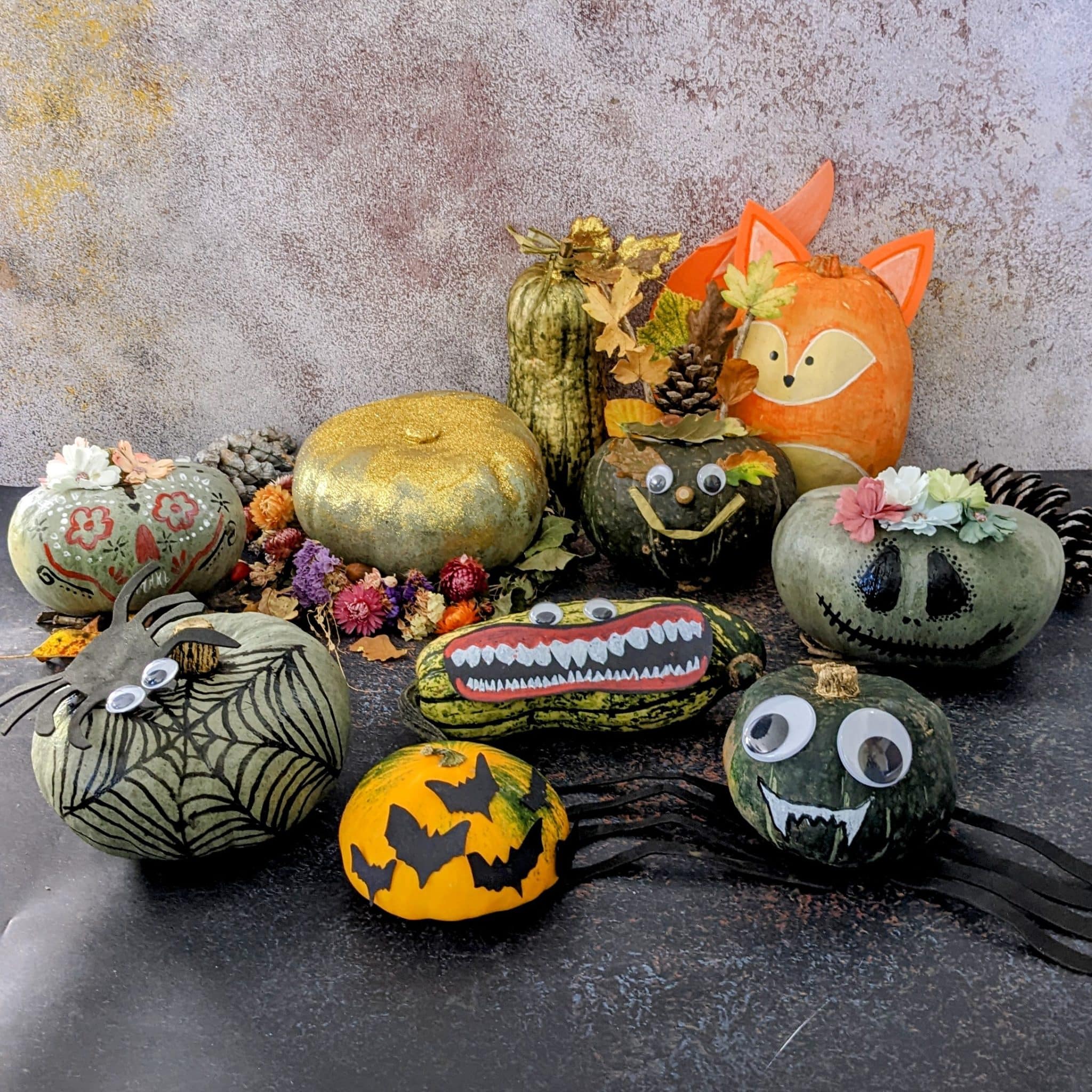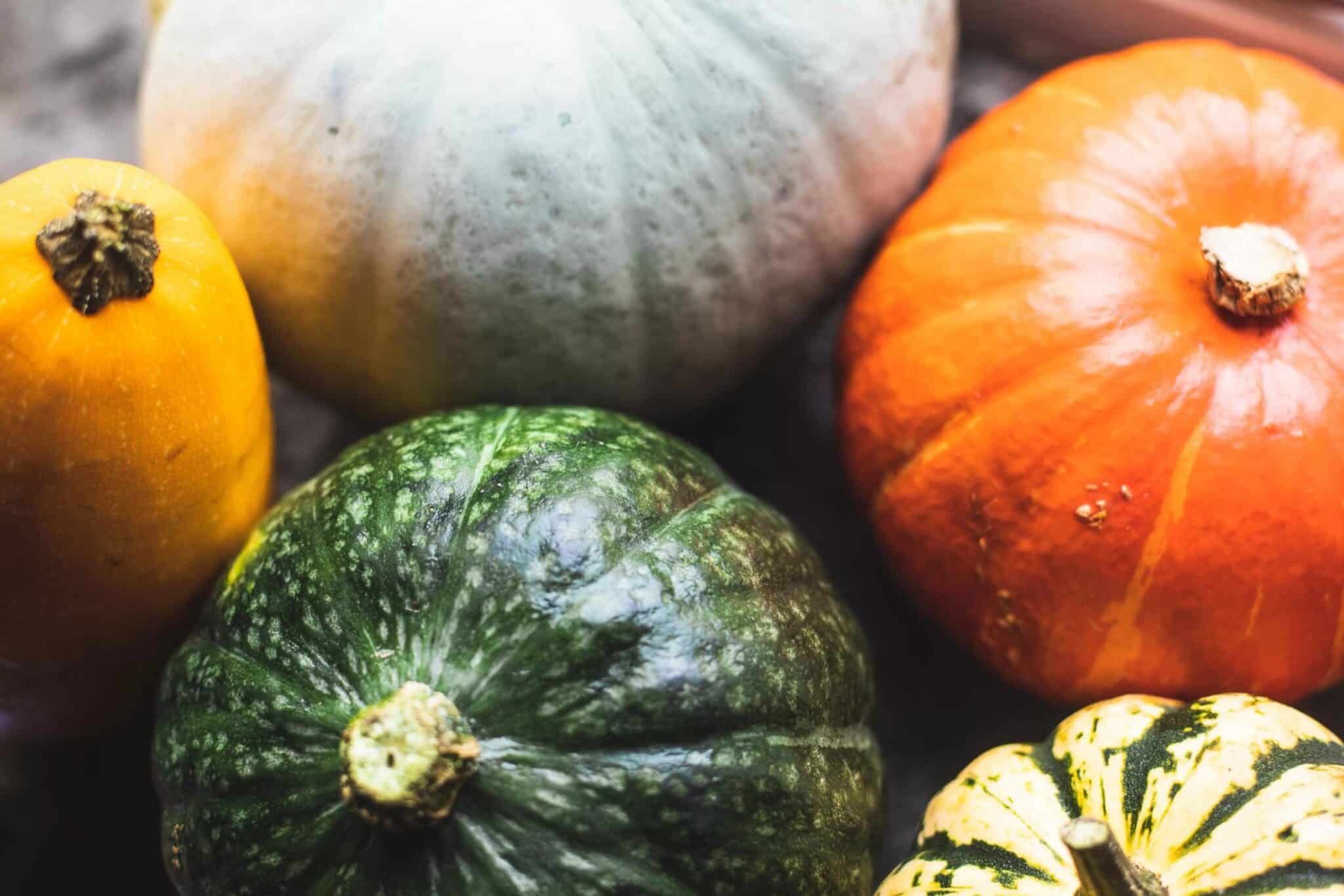If there is one thing you plant this winter, let it be a hedge.
Hedges are full of benefits to your organic growing space. They support wildlife by providing shelter and food. They can act as natural windbreaks, and as green backdrops setting off your chosen plants. They also soften hard boundaries such as ugly new fences, and they give privacy as well as hiding unsightliness.
Hedges needn’t be big. I have a small one, clipped to knee-high formality, leading to my seating area. And another around where my hens run, although this one generously sprawls, full of blackberries, hips and haws, and chattering sparrows. This is my exciting hedge. It marks the seasons by being deciduous, so blossom and berries change with the months. Hedges don’t have to be tall either. In my tiny herb plot I have a row of eight lavender plants in pots (call it a hedge!) where it’s one of summer’s delights to watch bees buzz.

And for those who have a town garden – a hedge has been shown to soak up air pollution. Bamboos and other tall hedging plants will sigh gently in the wind, or whisper with the patter of rain. Plants add a gentler dimension to those hard neighbour boundaries, and they can partition your plot – teasing the eye to travel to unknown areas beyond.
You might also consider it as an intruder deterrent: plant a hedge of blackthorn, and the thorns will stop anyone getting through.
But it is for the wildlife in my garden that I plant hedges. Birds build nests and feed on the fruits. Insects will love the blossom and use the twiggy growths for shelter in winter months. Small mammals love the leaf litter below, as will the soil life such as earthworms and earwigs.

So, what can you plant? My advice is to buy bare root whips. You can get them from specialist nurseries or online. They are not only cheaper, but they will establish themselves quickly this time of year, when the plant’s energies can go into root development, and not get diverted into photosynthesising leaves. And I would choose native varieties.
There are a number of bundles available, most of which include hawthorn, guelder rose, dog rose, hazel or even the crazy 70s psychedelic-berried spindle bush. It’s that variety of leaf shape and colours that will give you most hedge-shaped pleasure.
Tips for a healthy hedge:
– To get a thick hedge, mark out two parallel rows approx. 30cms apart.
– Then stagger the plants approx. 40cms apart along each line so they are in a zig zag.
– After a year, pinch out the leading bud top. This encourages lateral growth to thicken up your hedge.
Don’t forget to water well. Especially in the first year of growth.
The Grow Your Own Wicked Leeks series is by Garden Organic, the national charity for organic growing. Each month we bring you timely advice on what to do in your organic patch, whether you’re an experienced grower or just starting out.















0 Comments